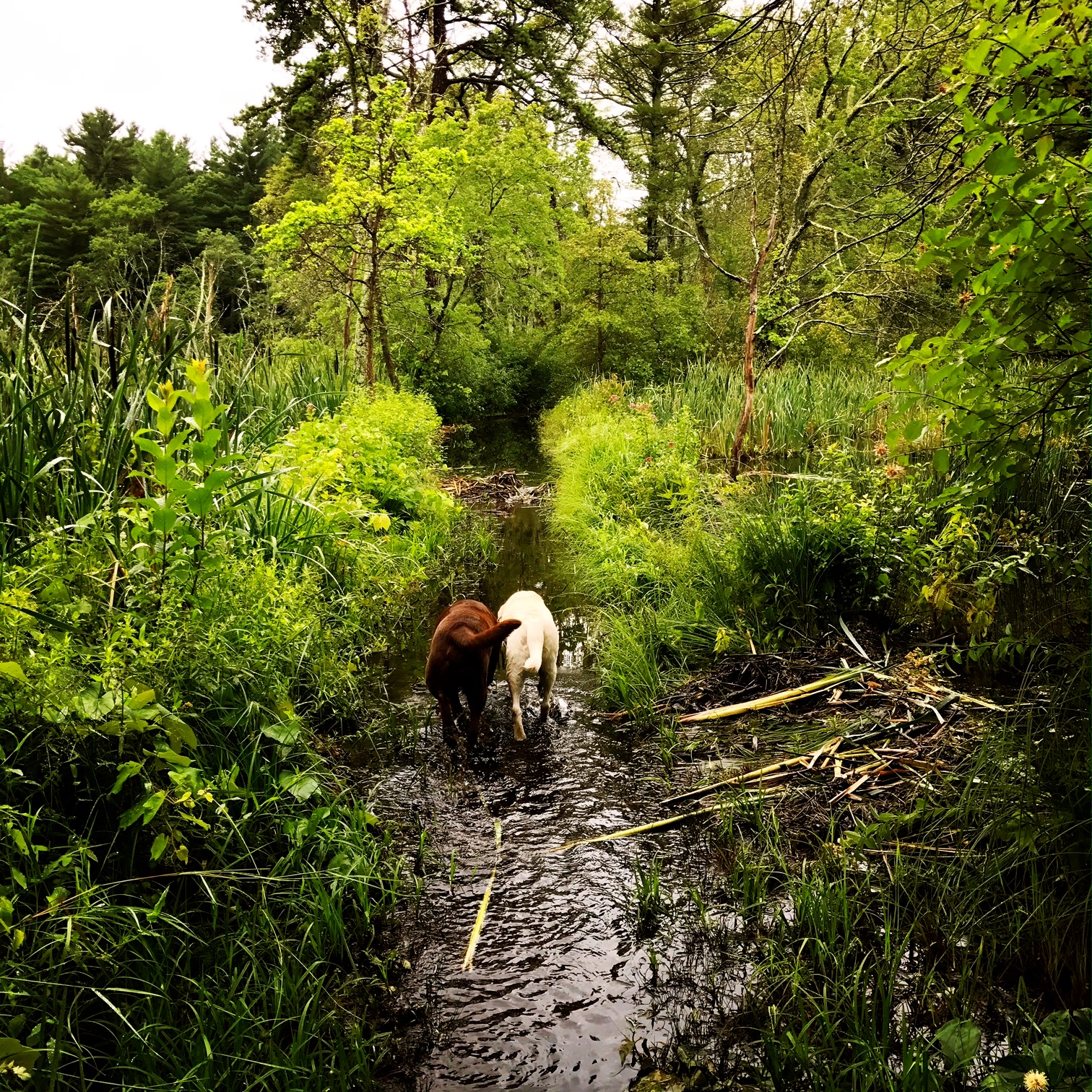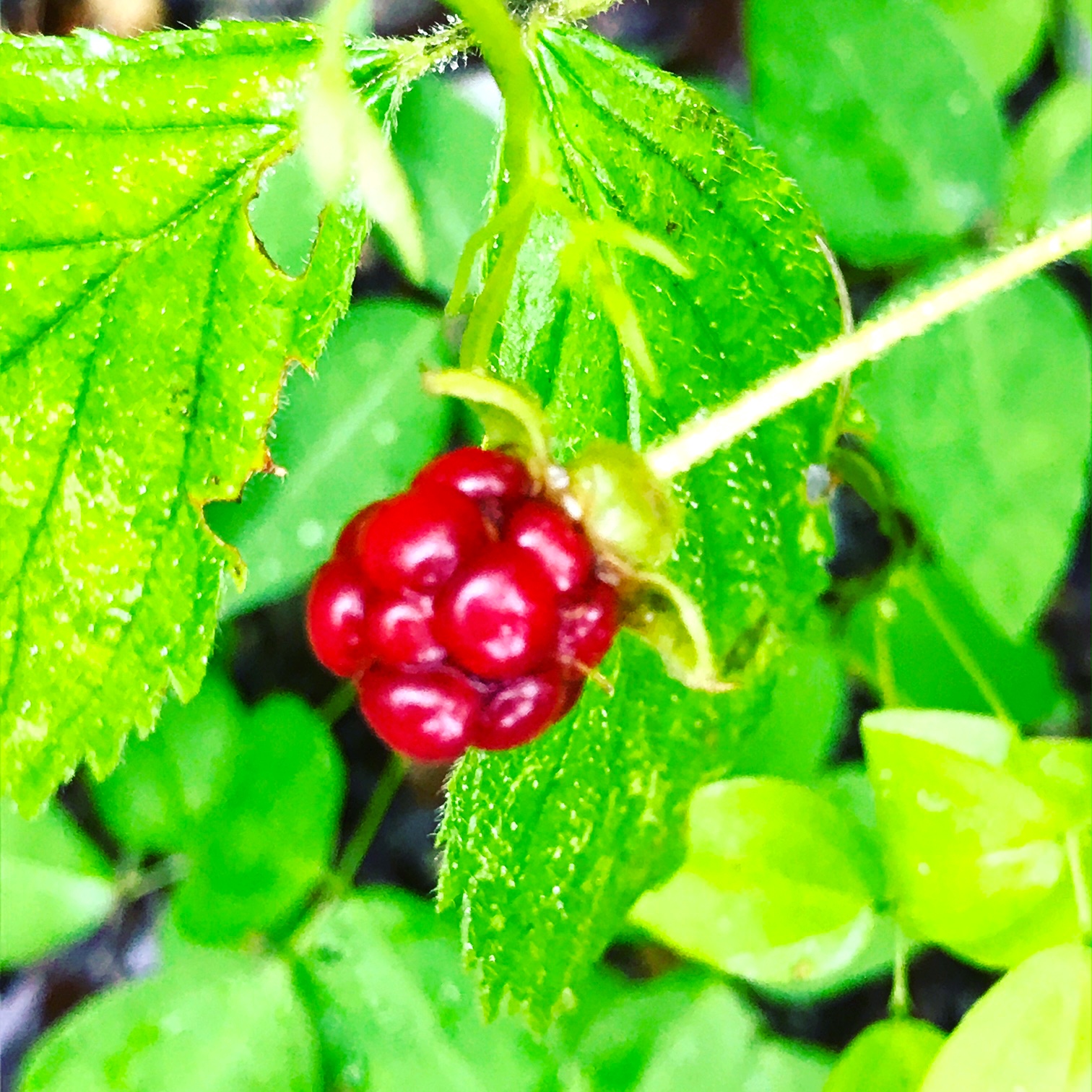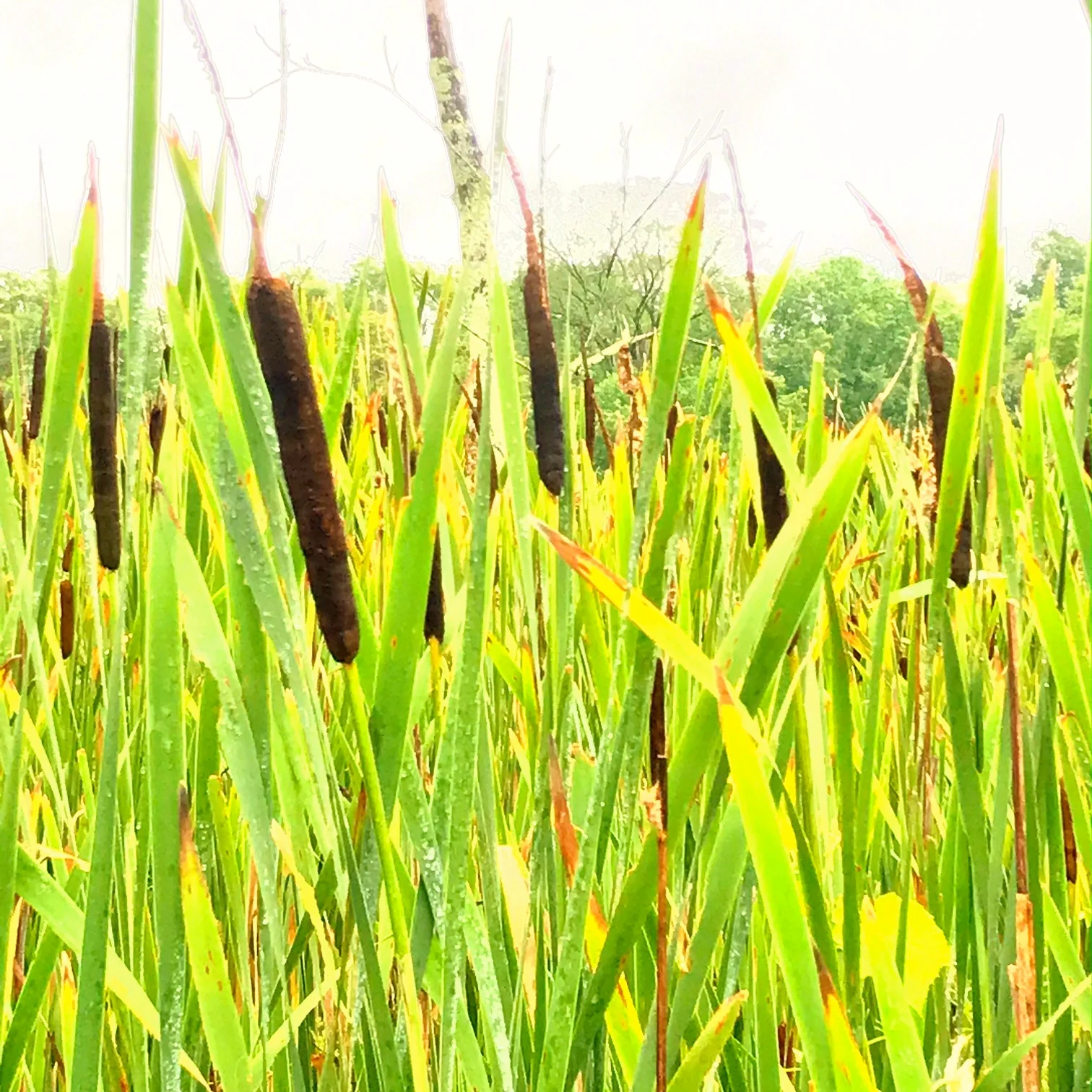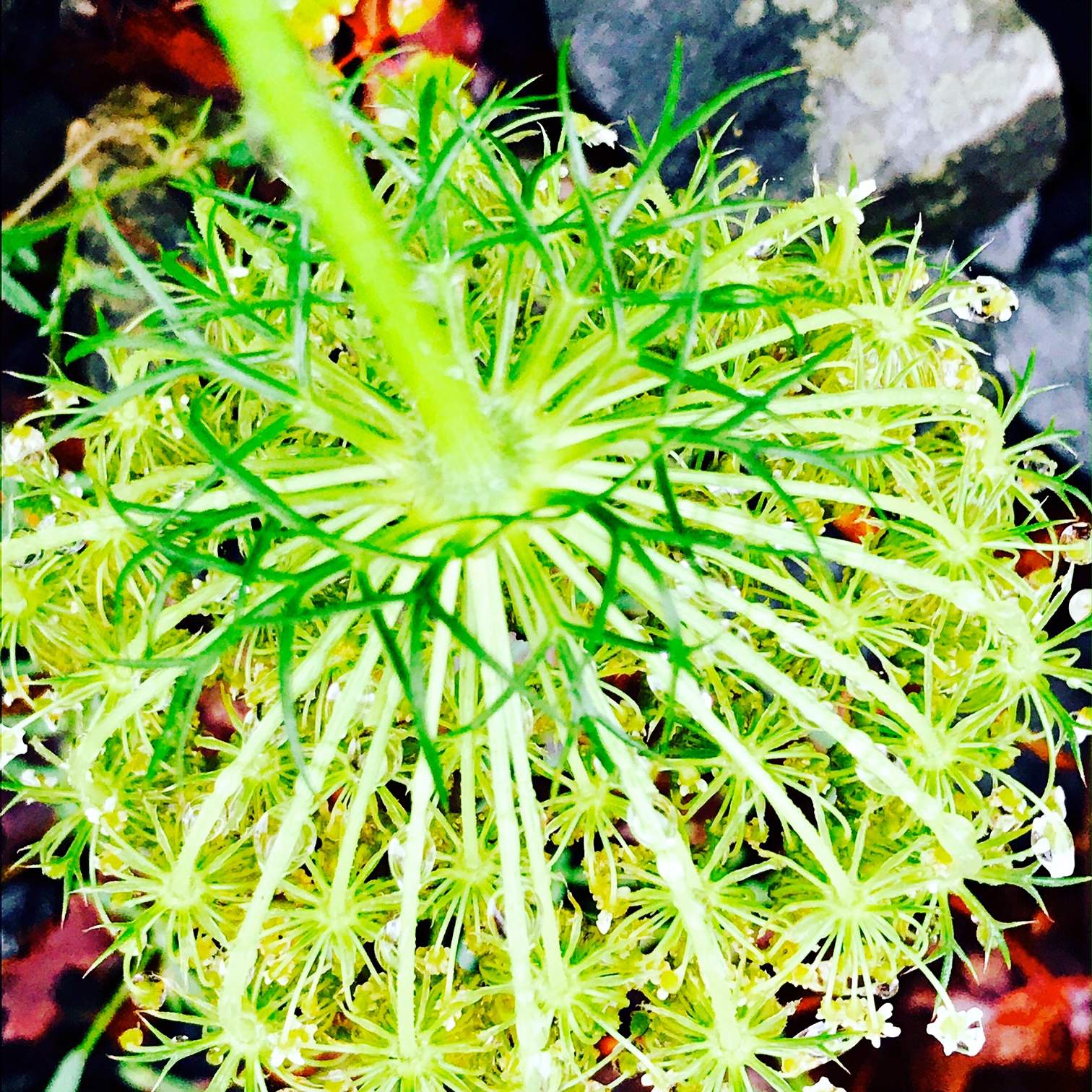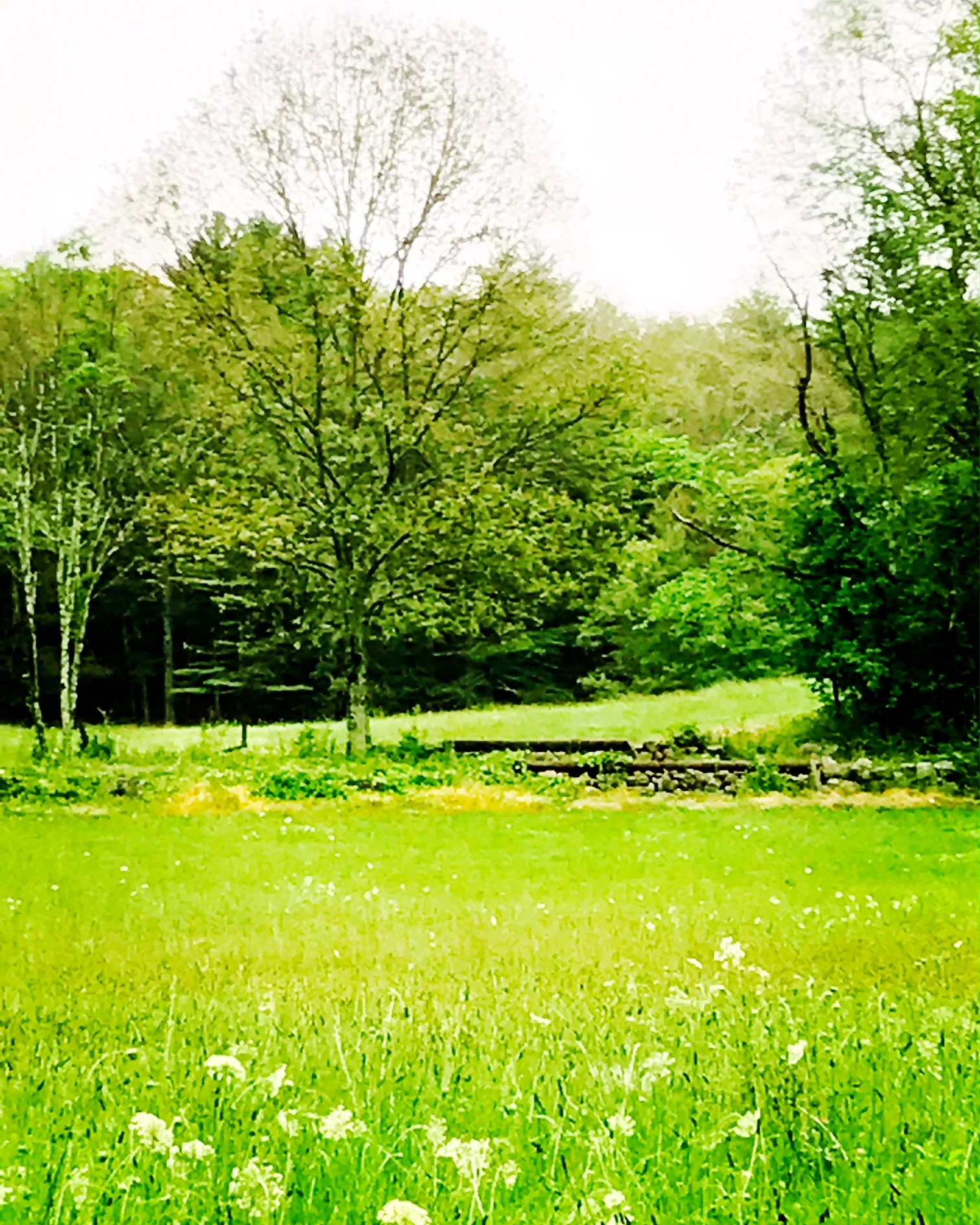#NewThisDay Writing From My Photo Stream
Swamp Milkweed
Home on the Charles River - very briefly - and into our second day of summer rain, I walk early in Rocky Narrows over wet grass, under the canopy of sprinkling branches. After walking for an hour and crossing the sopping meadow grass, I find the path between the swampy wetlands is flooded. The dogs trot right through without minding, so, to avoid having to turn around, I also wade through the knee-high water pooling between the brightly blooming swamp milkweed and the fine, tall cattails. Soon, I run into a fellow dog walker and I warn her about the flooded trail - but she found it yesterday. "I waded through," I say, and she asks, "You weren't worried about the snapping turtles?" "No!" I answered. "But now I am!"
Tomorrow morning, we'll take a different trail - but I'll miss seeing rosy swamp milkweed.
“Asclepias incarnata (swamp milkweed, rose milkweed, rose milkflower, swamp silkweed, and white Indian hemp) is a herbaceous perennial plant species native to North America.[2] It grows in damp to wet soils and also is cultivated as a garden plant for its flowers, which attract butterflies and other pollinators with nectar. Like most other milkweeds, it has sap containing toxic chemicals,[3] a characteristic that repels insects and other herbivorous animals.
Swamp milkweed prefers moisture retentive to damp soils in full sun to partial shade and typically, is found growing wild near the edges of ponds, lakes, streams, and low areas—or along ditches. It is one of the best attractors of the monarch butterfly, which feeds on the flowers and lays her eggs on the plants. The emerging caterpillars feed on the leaves.
Blooming occurs in mid to late summer and after blooming long, relatively thin, rounded, pods are produced that grow uprightly. The pods split open in late summer to late fall, releasing seeds that are attached to silky hairs, which act as parachutes that carry the seeds on the currents of the wind.”
All photos and text copyright Kelly DuMar 2017


